Meet your 2025 Speakers!
Speakers are organized alphabetically by first name
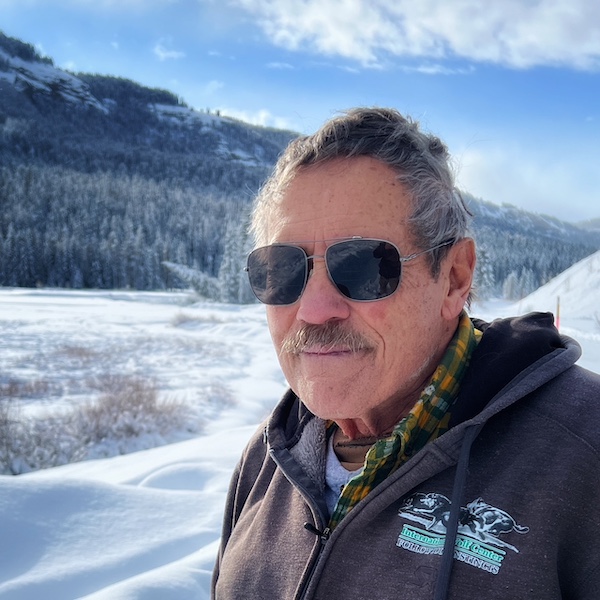
Bob Landis
Film Highlights of 2024
Bob Landis has been filming wildlife in Yellowstone and Denali National Parks since 1965. Bob and his wife Connie arrived in Billings, MT, from Wisconsin in 1968 to teach in the two high schools. For Bob, summers and weekends were spent filming in Denali, Glacier, and most importantly in Yellowstone.
In 1995, wolves were reintroduced into Yellowstone and Landis, now living in Gardiner, was at action central for the historical event. He has spent countless hours observing and filming the wolves of Yellowstone over the past three decades, and he has now filmed and produced over 20 documentaries, including titles with National Geographic Television, PBS's NATURE, and BBC. His favorite, In The Valley of the Wolves, aired on Nature in 2007.
Bob’s current projects include a coproduced documentary about ravens in Yellowstone and a Nat Geo production of Wolf Dynasty: The White Wolf, scheduled to air in January.
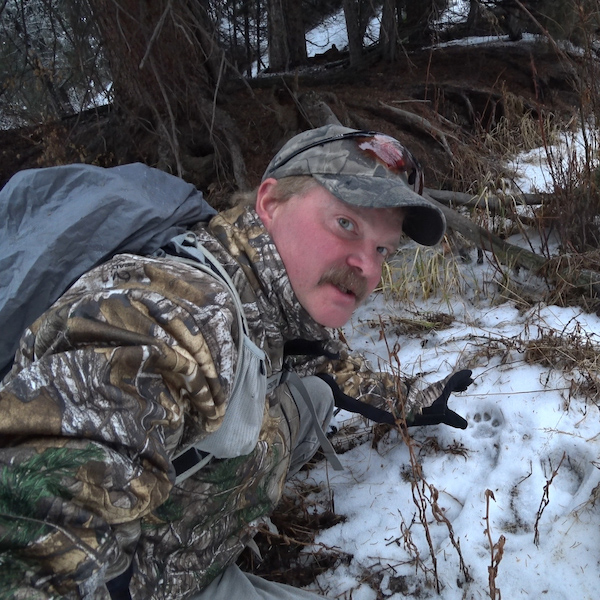
Brad Bulin
Yellowstone Tracking Challenge: Test Your Wildlife Detective Skills
Brad Bulin grew up on a dairy farm in southwestern Wisconsin, where he spent his days outside getting to know the local flora and fauna. After teaching and serving as school principal for several years, Brad earned his M.S. in Wildlife Biology from the University of Wisconsin-Stevens Point, studying songbirds, raptors, and carnivores.
He then packed up his Jeep and headed to Yellowstone for a month-long stint teaching about Yellowstone’s wolves. More than 20 years later, he’s still here, guiding, teaching, and filming in Yellowstone. Brad has spent years studying and filming cougars, wolves, and wildlife behavior in and around Yellowstone National Park and, more recently, has recorded his observations and stories in his book, The Grand Lady of Yellowstone and Other Yellowstone Wolf Stories. Brad lives in Gardiner, MT, and co-owns and operates Yellowstone Wildlife Profiles, LLC.
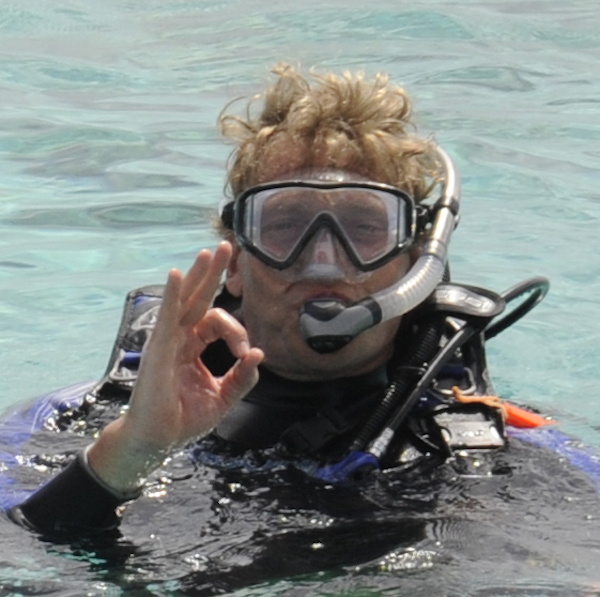
Bruce Fouke
Microbes & Minerals: Revelations from Mammoth Terraces and Its Ties to Coral Reefs, Space, Roman Aqueducts and Your Kidneys
Bruce Fouke has worked at Mammoth Hot Springs in Yellowstone National Park for more than 30 years. He holds the Ralph E. Grim Endowed Professorship in Earth Science & Environmental Change at the University of Illinois Urbana-Champaign and serves as Director of the Roy J. Carver Biotechnology Center. He has faculty appointments in the Cancer Center, the School of Integrative Biology, the European Union Center, the Russian, East European and Eurasian Center, and the Center for Latin American and Caribbean Studies.
Bruce’s research interests focus on geobiological studies of Life-Mineral-Water biomineralization interactions in modern and ancient coral reefs (Curaçao, Jamaica, Australia, Papua New Guinea, Vietnam, European Alps, Spain, France, Ukraine, Russia), modern and ancient hot springs (Yellowstone, Italy, Turkey), Earth’s deep subsurface (Illinois, Alaska, Scotland) and Roman aqueducts (Italy). His lab group also studies kidney, heart, and breast calcification in the human body (Mayo Clinic, UCLA Health).
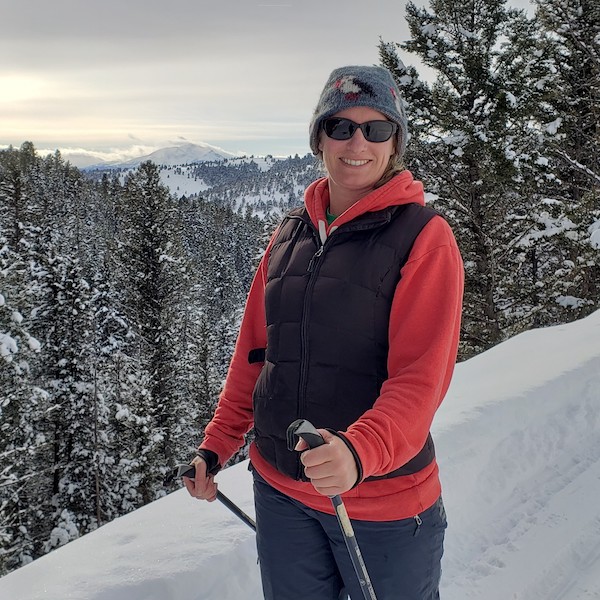
Cara McGary
Yellowstone for the Future: How to Stay Informed and Support the Greater Yellowstone Ecosystem
On a winter visit to Yellowstone, Cara was smitten by the wonder of this "American Serengeti". As a result, she decided that she wanted to spend her life helping others develop and feed their fascination with the natural world in Yellowstone. Cara owns and operates In Our Nature Guiding Services, and she is a co-founder of Wild Livelihoods Business Coalition - a group of over 250 business members from southern Park County, Montana, who support projects and work together to protect open spaces, clean air and water, rich soil, native plants, and vibrant wildlife populations for all.
Before settling in Gardiner MT, Cara worked for the National Park Service in Redwood National Park, the US Fish & Wildlife Service in southern California, the Queensland Government, the Western Australian Government and a couple of private environmental consulting firms. She has worked on shorter stints in Antarctica and the jungles of Papua New Guinea. Cara is a qualified biologist, holding a B.S. in Aquatic Biology and an M.S. in Biology. When not in Yellowstone, she likes to explore places where there are good tidepools or snorkeling.
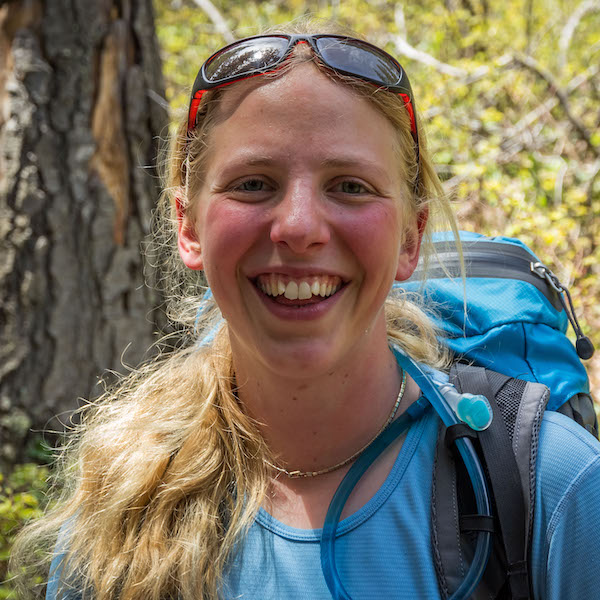
Carolyn Bulin
Into the Wild: Exploring Yellowstone's Backcountry
(VIP Pass)
Carolyn Bulin fell in love with Yellowstone on a family vacation 25 years ago, when she watched the Druid Peak wolf pack successfully hunt an elk in Lamar Valley. She has been guiding and teaching in Yellowstone for nearly 15 years. Carolyn holds a B.S. in Outdoor Recreation Leadership and Management with emphases in ecology and cultural anthropology from Northern Michigan University, and she is a certified guide trainer through the National Association for Interpretation.
Carolyn and her husband Brad own and operate Yellowstone Wildlife Profiles tour company, which connects people to Yellowstone and the natural world through immersive educational experiences. Previously, she was a seasonal field instructor, year-round resident instructor, and program manager for the Yellowstone Institute. Carolyn's specialties include multi-day seminars on wolf research and management, day hiking and backpacking courses, and training courses for new and experienced guides. She has volunteered on snow tracking surveys for the Yellowstone Cougar Project, carcass surveys with the grizzly bear research team, and raven trapping and tagging operations.
Carolyn has hiked and canoed thousands of miles through the GYE backcountry. During her free time, Carolyn enjoys exploring the GYE with her husband and two small children from their home in Gardiner, MT.
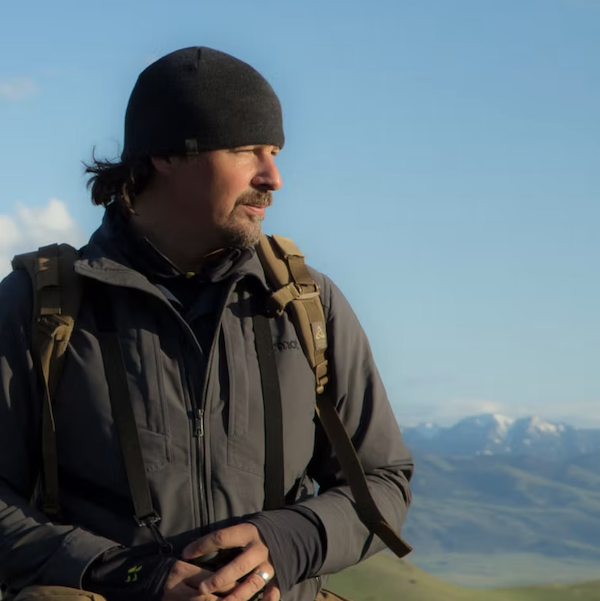
Casey Anderson
In the Tracks of the Grizzly
Casey Anderson is an Emmy nominated filmmaker, an adventurer and explorer. He has spent the last three decades traveling the world, capturing nature and wildlife through the camera lens. Born and raised in Montana, Anderson spent his childhood exploring the vast wilderness that was his backyard and by the age of eighteen, Casey was guiding wildlife filmmakers into remote locations to track and film the most elusive wild animals. At twenty-six, he adopted an orphaned baby grizzly bear which led him to co-found the Montana Grizzly Encounter, a sanctuary for grizzly bears saved from inhumane situations. As a television personality, Casey has been seen on Nat Geo WILD, BBC, PBS, Travel Channel, Discovery Channel, and has been a regular contributor to Conan & Oprah. He has made it his mission to bring his love of the wild to the hearts of the world, instilling a drive to conserve untamed and untouched wild places. He makes his home in Paradise Valley in the greater Yellowstone ecosystem with his wife & three children.
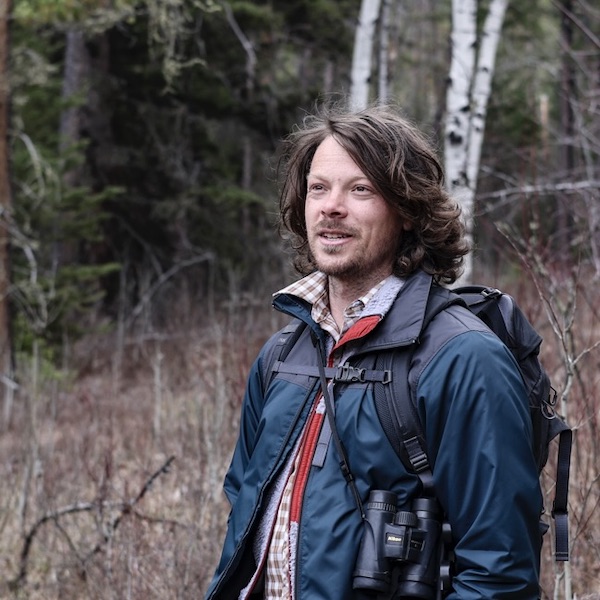
Cedar Mathers-Winn
Three Things in Yellowstone You Should Stop Ignoring
Cedar Mathers-Winn is a naturalist, biologist, and educator based in Bozeman, MT. He earned his Master’s degree studying animal communication in southwestern Montana, and has studied ecology and animal behavior in mountains, forests, deserts, and plains. As an instructor, Cedar uses the everyday subtleties of nature to reveal worlds of wildness, hidden in plain sight.

Dan MacNulty
Beyond the Hype: Uncovering the Ecological Impact of Yellowstone’s Wolves
Dr. Dan MacNulty is a Professor in the Department of Wildland Resources at Utah State University. He earned a PhD in Ecology, Evolution, and Behavior and an MS in Wildlife Conservation from the University of Minnesota, Twin Cities, and a BA in Environmental Studies from the University of Colorado, Boulder. He conducts research at the interface of animal behavior, population biology, and community ecology to address basic and applied questions in ecology and conservation.
His research career began in 1995 as a field technician in Yellowstone National Park, where he assisted with wolf reintroduction and post-release monitoring. He has conducted research related to Yellowstone wolves ever since. Much of his research centers on understanding the ecological consequences of wolf reintroduction as part of several long-term, collaborative studies of carnivores, ungulates, and plants in northern Yellowstone National Park.
His research is featured in several books he has co-authored and edited—written to be accessible to both scientists and the general public—including Wolves on the Hunt: The Behavior of Wolves Hunting Wild Prey, Yellowstone Wolves: Science and Discovery in the World’s First National Park, and Northern Yellowstone Elk: Resilience and Adaptation to an Ever-Changing Environment.
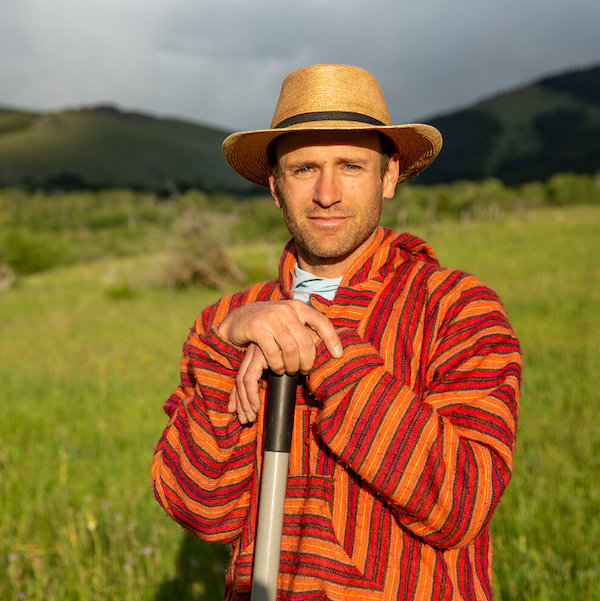
Daniel Anderson
Yellowstone Safe Passages: Addressing Wildlife-Vehicle Conflicts in Montana’s Upper Yellowstone Watershed
Daniel Anderson lives in Southwest Montana, where he splits his time between Bozeman and his family's ranch in Tom Miner Basin. In 2019, he co-founded Yellowstone Safe Passages, a coalition of conservation groups, private foundations, agencies and individuals working to address and resolve wildlife-vehicle conflicts in Montana’s Paradise Valley.
Daniel serves as YSP’s Coordinator – providing a key support role through leadership, coordination, fundraising, community engagement, maintaining partner relations, and facilitating the coalition’s strategic vision.
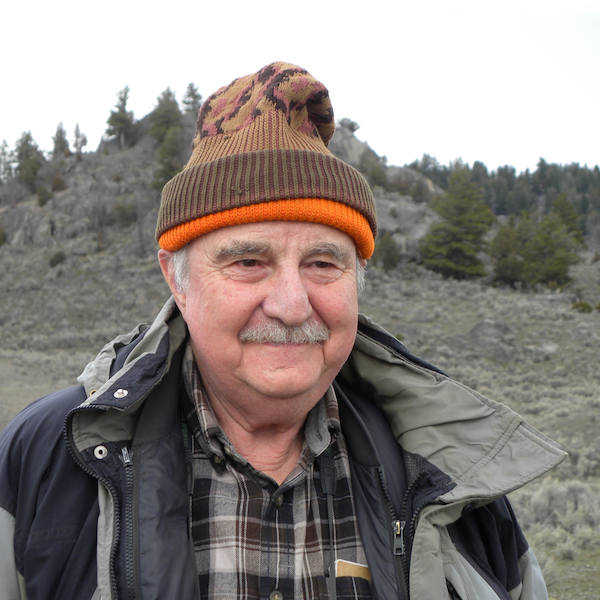
L. David Mech
Yellowstone Wolf Recovery: A 30 Year Retrospective
L. David ("Dave") Mech is a Senior Research Scientist with the U.S. Geological Survey and an Adjunct Professor at the University of Minnesota. Dave holds a B.S. degree from Cornell University and a Ph.D. and an Honorary Doctorate from Purdue University. He has published many articles and books on wolves and their prey. Dave has studied wolves since 1958 with research in Minnesota, Isle Royale, Alaska, and Yellowstone. During parts of each summer 1986 through 2010 he lived with and studied a pack of wolves tolerant to humans on Ellesmere Island, Canada. He chaired the IUCN Wolf Specialist Group of the World Conservation Union from 1978 to 2013 and is founder of the International Wolf Center.
Dave has been instrumental in the Northern Rocky Mountain wolf reintroduction. In 1972, assistant secretary of the Interior Nathaniel Reed invited Dave (along with Maurice Hornocker and Chuck Jonkel) to Yellowstone to help assess the possibility of wolf reintroduction. In 1994, Dave testified in Congress with Yellowstone superintendent Bob Barbee about the need for the reintroduction. In the early 1990s, Dave promoted, and helped Yellowstone hire, his former tech Mike Phillips to head the reintroduction project, and Doug Smith as his assistant. In 1995 and 1996 Dave assisted in Alberta and B.C. with the collection of wolves as a consultant to his former grad student Steve Fritts who headed that part of the project, and Dave assisted Mike and Doug in the park with the wolves' release. As a University of Minnesota professor, he has advised several Ph.D. and M.S. students with their park research on the wolves and their prey.
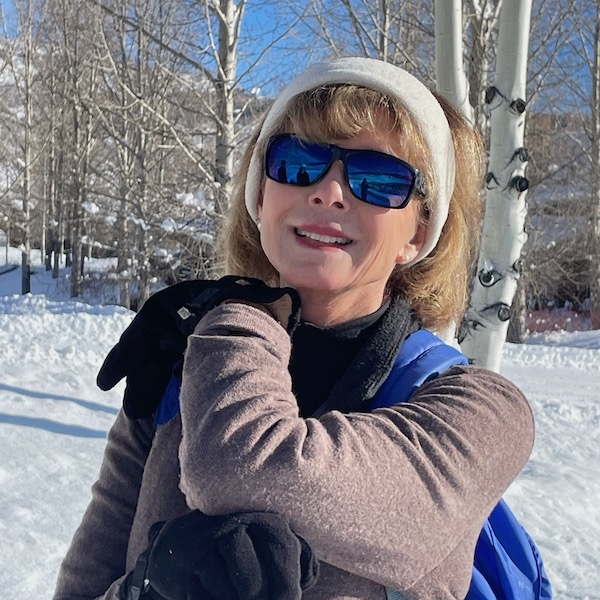
Diana F. Tomback
Clark's Nutcrackers and Whitebark Pine in Yellowstone National Park: Maintaining an Iconic Mutualism
Diana F. Tomback is Professor of Integrative Biology at the University of Colorado Denver, with expertise in forest ecology and conservation biology. She received a B.A. and M.A. at UCLA and Ph.D. at the University of California Santa Barbara. For her doctoral work, she discovered that a bird, Clark’s nutcracker, is the primary seed disperser for whitebark pine, an ecologically important but declining high elevation conifer, which was recently listed under the Endangered Species Act.
In 1986, Tomback was invited to join a federal inter-agency research team to study the decline of whitebark pine and devise restoration strategies. Tomback was lead editor for Whitebark Pine Communities: Ecology and Restoration, published by Island Press in 2001. Author of more than 150 publications and essays, she and her students have conducted research on high elevation and treeline ecosystems, including studies of Clark’s nutcracker, whitebark pine, and/or related five-needle white pines in national and provincial parks and national forests across the U.S. and Canada.
In 2001, Tomback and colleagues started the Whitebark Pine Ecosystem Foundation (WPEF), a science-based 501 (c)3 non-profit to advocate for whitebark pine restoration. Tomback served as volunteer Director of the WPEF for 16 years and now oversees policy and outreach. In this role, she was key organizer of the National Whitebark Pine Restoration Plan in partnership with American Forests and in consultation with the USDA Forest Service Washington Office. She currently serves on the U.S. Fish & Wildlife Service Whitebark Pine Recovery Team. Tomback initiated long-term studies of whitebark pine recovery in Yellowstone National Park after the 1988 Fires. Since 2019, she and her students have worked closely with Yellowstone National Park resource managers and Ricketts Conservation Foundation to determine which forest communities Clark's nutcrackers visit, how their abundance varies annually, and their spatial movements in the park especially in relation to whitebark pine.
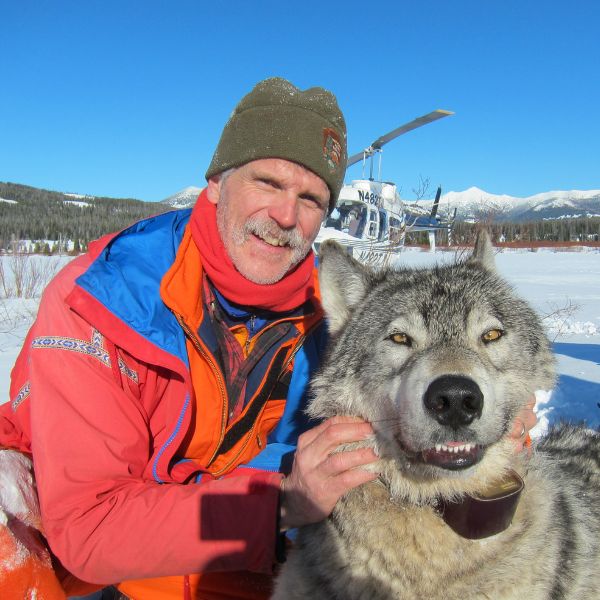
Doug Smith
Yellowstone Wolf Recovery: A 30 Year Retrospective
Douglas W. Smith, Ph.D., recently retired from serving as the Project Leader for the Yellowstone wolf, elk and bird projects. Doug received a B.S. degree in Wildlife Biology from the University of Idaho in 1985. While working toward this degree, he became involved with studies of wolves and moose on Isle Royale with Rolf Peterson, which led to long-term involvement (1979-1994) with this study. In 1998 he earned an M.S. degree in Biology under Dr. Peterson at Michigan Technological University. He then moved to the University of Nevada, Reno, where he received his Ph.D. in Ecology, Evolution and Conservation Biology in 1997 under Stephen H. Jenkins.
Doug has been working with wolves for over 44 years and the majority of that has been a part of the reintroduction and restoration of wolves to Yellowstone National Park, which has been one of the greatest conservation success stories of the 20th and 21st centuries. Doug has published a wide variety of journal articles and book chapters on beavers, wolves, and birds and co-authored four popular books on wolves including “Decade of the Wolf,” and he was the editor of the seminal “Yellowstone Wolves: Science and Discovery in the World's First National Park.” He has participated in numerous documentaries about wolves for National Geographic and the British Broadcasting Company (BBC) and recently on CBS 60 Minutes as well as other media.
Doug is an avid canoeist preferring to travel mostly in the remote regions of northern Canada with his wife Christine and their two sons Sawyer and Hawken.
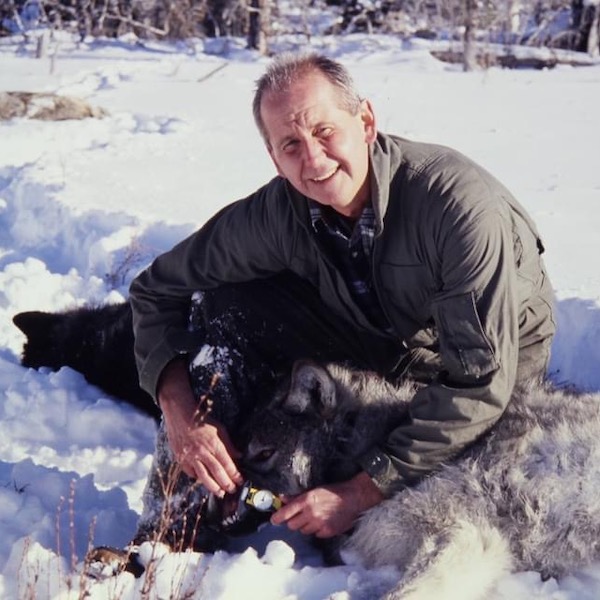
Ed Bangs
Yellowstone Wolf Recovery: A 30 Year Retrospective
Ed Bangs came to Montana in 1988 to serve as the U.S. Fish & Wildlife Service Project Leader for Wolf Recovery in Montana, where he formed and led an interagency team that monitored the wolf population, conducted control of wolves that attacked livestock, initiated research on a wide variety of facets of wolf ecology and management, and conducted an extensive public outreach program. From 1992-1994, Ed was the Project Leader for a multi-agency and multi-disciplinary effort to develop the Congressionally-mandated Environmental Impact Statement and management plan for Wolf Reintroduction to Yellowstone National Park and Central Idaho. In 1995, he was appointed as the Wolf Recovery Coordinator and led management of the rapidly growing wolf population. In that capacity, he was the primary spokesperson for the multi-agency wolf recovery program until his retirement in 2011.
Ed originally hails from Ventura, California. He earned a B.S. degree in Game Management from Utah State University in 1974 and an M.S. degree in Wildlife Management from the University of Nevada in 1979. He began working for the U.S. Fish & Wildlife Service in 1975 at the Kenai National Wildlife Refuge in Alaska as a seasonal biological technician and then as a refuge biologist. His diverse work there ranged from studies of various bird species to small mammals and up to large carnivores and their prey, including assisting with the reintroduction of caribou to their historic range.
Ed’s work has earned him numerous awards. He has published over 120 popular and scientific articles on various aspects of wildlife management, many of them dealing with wolf restoration and conflict management. His work has also taken him around the globe: on a month-long detail to Mongolia; two invited trips to Sweden and one each to Japan, England, Italy, and Spain regarding wolf restoration and management; and twice to Africa to participate in wild dog/lion research. For the past 30 years, Ed has been traveling the globe with his daughters Tara & Erin and his much younger sister Karen.
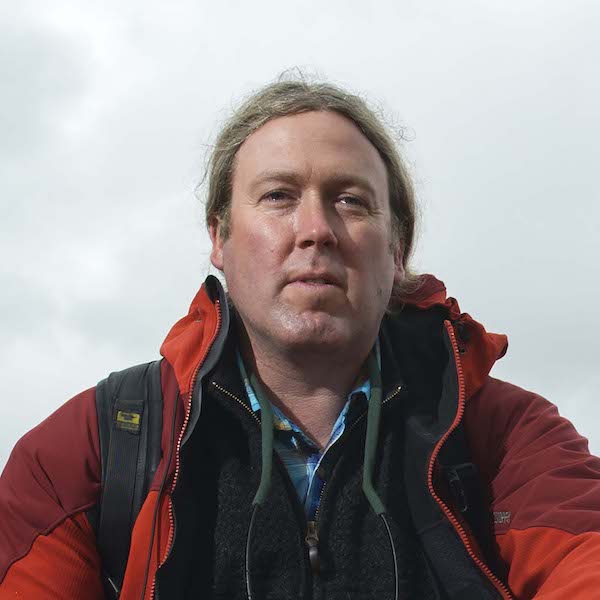
Eric Boyd
The Invisible Microbes in Old Faithful Geyser
Dr. Eric Boyd is a Professor of environmental microbiology in the Department of Microbiology and Cell Biology at Montana State University in Bozeman, Montana. Dr. Boyd developed a fascination of minerals at an early age and fell in love with “invisible” microorganisms after viewing them through a microscope in middle school. Yet, it was not until he was an undergraduate student that he learned that certain microorganisms breathe minerals in the same way that animals breathe oxygen. This included microorganisms that breathe minerals that impart vivid yellow, orange, and red colors to hot springs. He quickly exchanged his aspiration for a planned career in orthopedic medicine to one in environmental microbiology and has never looked back.
For the past 21 years, Dr. Boyd has been studying the intersection of geology, geochemistry/mineralogy, and microbiology in Yellowstone’s diverse thermal features to better understand how they together support life. This work, supported by NASA among other entities, provides exciting new ways of thinking about the origin and evolution of life on Earth and the potential distribution of life in the Universe. He has authored more than 190 scientific articles and currently mentors five postdoctoral scholars and eight doctoral students. Dr. Boyd proudly calls the railroad town of Livingston, Montana home, and when he is not busy with his research, he can often be found hiking in and around the Greater Yellowstone Ecosystem with his wife and two dogs.
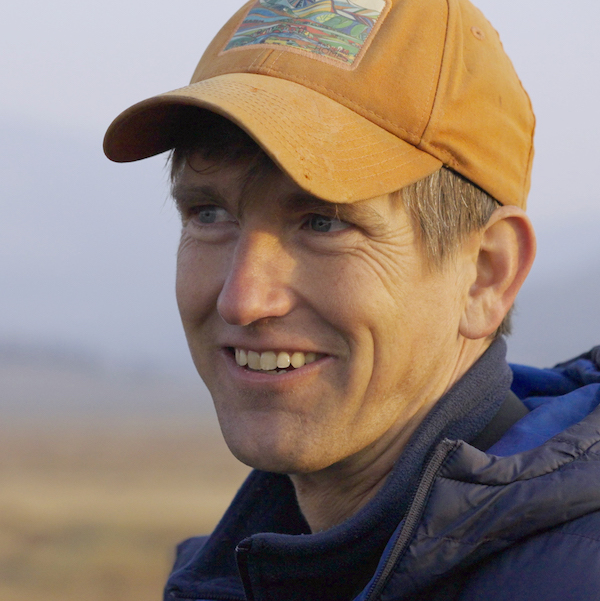
George Bumann
Eavesdropping on Yellowstone's Wildlife and Q&A
(VIP Pass)
George Bumann (rhymes with ‘human’) is an animal language expert, artist, and naturalist living with his wife, son, and black Labrador at the northern entrance of Yellowstone National Park. With a background in wildlife ecology and field experience spanning four decades from across the globe, Bumann explores the lives of his wild neighbors and tells their stories through his teachings and bronze sculpture—often depicting individual animals he’s known for days, months, years, and even, generations.
His art and educational programming have appeared in the Salt Lake City Tribune, Los Angeles Times, Washington Post, Sacramento Bee, and on the Canadian Broadcasting Corporation, Travel Channel, Discovery Channel, and on the TEDx stage. His bronze sculptures reside in public and private collections across North America and around the world. Information about his programs on animal language is available online.
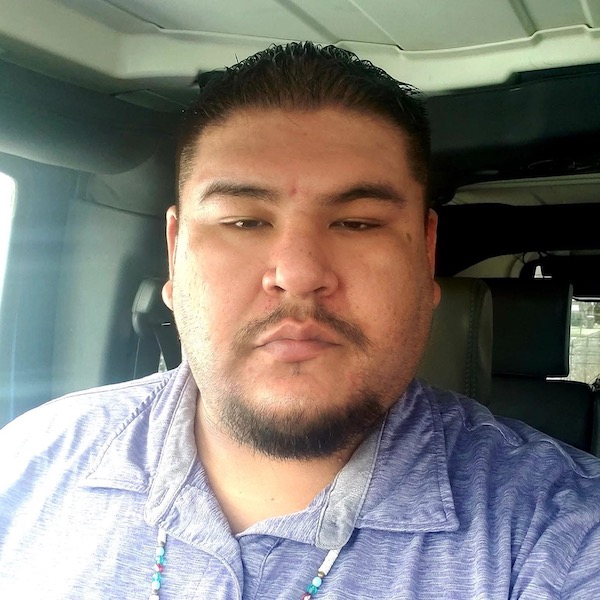
Harry Slickpoo
Indigenous Earth Science and the Nimiipuu (Nez Perce) Ethnogeology of Mac' ispa ("The Smelly Place"/Yellowstone National Park) (VIP Pass)
tisqeˀ ˀilp’ilp (Harry Slickpoo Jr.) is an enrolled member of the Nez Perce Tribe. Harry is a Certified Idaho Educator and he teaches the Nez Perce Language at Lewiston High School in Lewiston, Idaho; Mr. Slickpoo also previously taught at Northwest Indian College from 2019-2024. Harry Slickpoo Jr. also works for the Nez Perce Tribe Hiteemenwees Research Library as the Collections Specialist, where he was named the Employee of the Year 2024, and he is a Cultural Consultant to Nez Perce Tourism during the summer months.
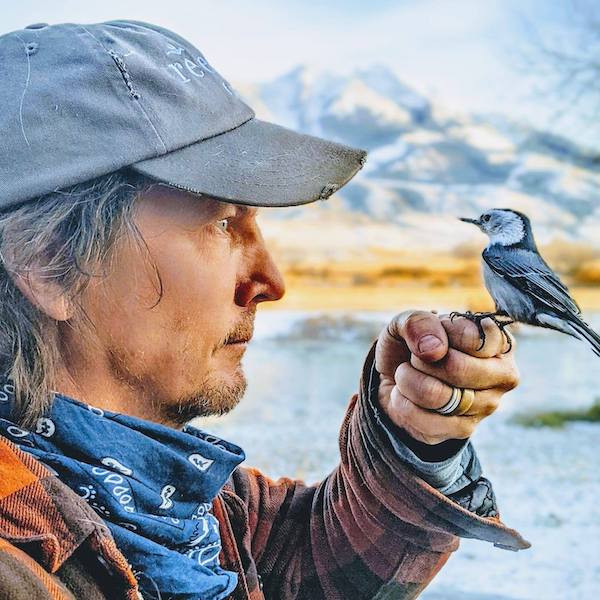
Jeff Reed
Deciphering Wolf Howls: Bioacoustics in Greater Yellowstone
Jeff Reed, Ph.D., was raised in Paradise Valley Montana, where he hiked, hunted, fished, and foraged the Absaroka mountains of his Montana youth, much like the wolves he now studies. He is a research affiliate and technology specialist for the Cry Wolf Project - a bioacoustics study of wolves in the Greater Yellowstone Ecosystem. He has degrees in anthropology, linguistics, religion, and ancient history. With three decades in the computer technology industry, he now runs a next-gen game trail camera company called GrizCam. Committed to measurable conservation, he works through business alliances and auditory projects to preserve the rural and wild character of the Greater Yellowstone, collaborating with ranchers, theologians, mom and pop tourism operators, wildlife managers, and the hunter-gatherer-trader cultures who were here way before his kin.
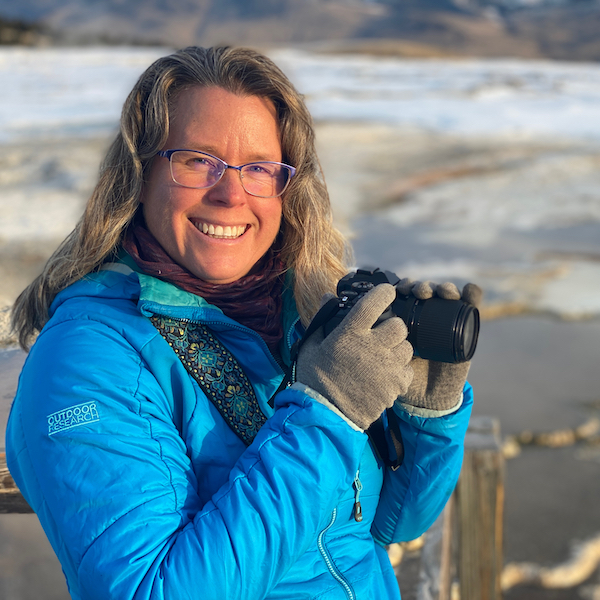
Jenny Golding
Mindful Photography in Yellowstone
Into the Wild: Exploring Yellowstone's Backcountry (VIP Pass)
Jenny Golding is a writer, photographer, and founding editor of the mission-focused online education community A Yellowstone Life. After more than 20 years directing education and conservation programs for nonprofits, Jenny now creates and produces online stories and programs that help people form deep relationships with nature, Yellowstone, and the more than human world. Jenny's writing and photography have appeared in hundreds of digital and print articles for regional nonprofits and businesses.
She started her Yellowstone career as campus manager of the Lamar Valley Buffalo Ranch and ultimately Director of Education for the Yellowstone Association Institute prior to founding A Yellowstone Life. Jenny now serves as executive editor; writing, photographing, and creating video stories about wildlife and Yellowstone, as well as producing online programs and events like the Yellowstone Summit.
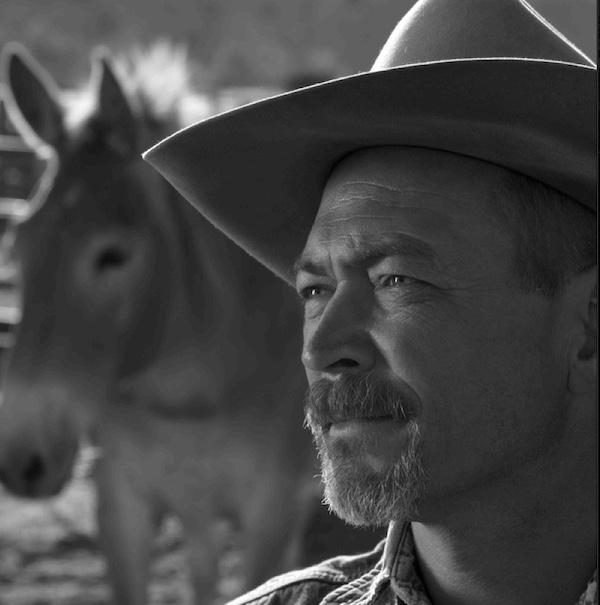
Jett Hitt
Yellowstone in Music: Classically Composed
Jett Hitt is a classically trained composer whose deep love for the
American West and classical music led him on an extraordinary journey.
Growing up in the secluded Ozark Mountains, as a boy he was captivated
by the works of John Denver and John Williams (the composer who created
all 9 of the Star Wars soundtracks), which sparked his lifelong passion
for composition.
After earning advanced degrees in music, Jett embarked on an academic
career, but his heart ultimately led him elsewhere—to the wild
landscapes of Yellowstone. His acclaimed orchestral work, “Yellowstone
for Violin and Orchestra,” was composed as he spent summers in the park
as a backcountry guide.
Trading academia for adventure, he later founded Yellowstone Wilderness
Outfitters, where he shared his love of the land on horseback.
Yellowstone Wilderness Outfitters's influence has reached beyond
Yellowstone's backcountry. Their renowned Thorofare pack trip inspired
C.J. Box's novel “Back of Beyond,” where Jett was unexpectedly cast as
an antagonist in the novel. His story is one of artistic mastery, wild
landscapes, and the pursuit of a life deeply connected to both.

Lisa Culpepper
Photographing a Winter Wonderland
Born and raised in Dayton, Ohio, Lisa Culpepper found her way out to Yellowstone in the summer of 2000 during her college years at Miami of Ohio and fell in love with the seasonal lifestyle along with the natural world. After many years in the food and beverage industry, she switched gears and decided to chase sunrises instead. Lisa has held the dream jobs of a photographer-interpretive guide during the summers since 2005, and a snowcoach driver/photographer-interpretive guide during the winter seasons, living and working out of the Old Faithful Snow Lodge for the past 23 winters. There is nothing she cherishes more than sharing the magic and beauty of a cold winter day in Yellowstone with her guests.
In 2016, she started her own summer photography guiding business, Touring Wonderland, where she enjoys teaching others photography and sharing her passion and knowledge of Yellowstone’s wonders, while instilling a sense of stewardship to all who come to visit. During the busy months of July and August, she escapes the crowds and heads north to Alaska to work for an ecolodge company where she leads photo workshops on the Kenai Peninsula.
Lisa has followed her camera to faraway places such as the Desert Southwest, Churchill Manitoba, New Zealand, Iceland, Africa, and is curious to know when and where it will be taking her next! Lisa currently lives in Gardiner, Montana.
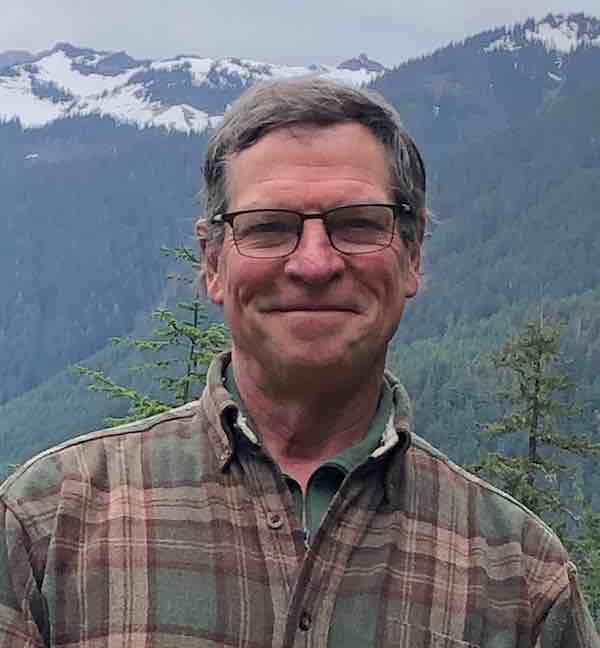
Mark R. Johnson, DVM
Bringing Wolves Back to Yellowstone: Stories from the Project Veterinarian
Mark R. Johnson, DVM, is a wildlife veterinarian and founder/CEO of Global Wildlife
Resources in Freeland, Washington. He has been assisting with field captures and
teaching live and online courses for over 30 years. Dr. Mark teaches the most
current, extensive, and innovative wildlife chemical immobilization courses in
North America. He has been an active Affiliate Faculty at University of Montana
Wildlife Biology since 1997. He was the first veterinarian for the National Park
Service and Project Veterinarian for the gray wolf reintroduction program into
Yellowstone Park. Dr. Mark has experience with many diverse North American
species including bears, wolves, and ungulates as well as domestic dogs. He is
currently overseeing numerous research programs on cougars, lynx, and
bobcats. He loves teaching and strives to help each student and professional
reach their goals and achieve success. Dr. Mark's live and online wildlife chemical
immobilization courses are listed on his website: www.GlobalWildlifeResources.com.
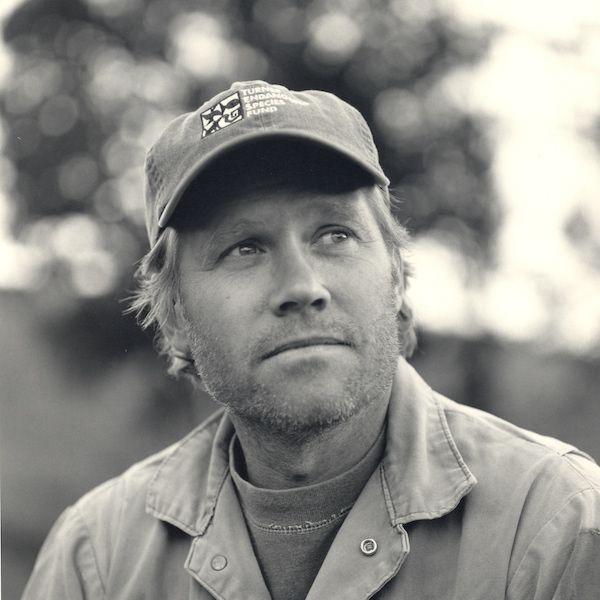
Mike Phillips
Yellowstone Wolf Recovery: A 30 Year Retrospective
Mike Phillips has served as the Executive Director of the Turner Endangered Species Fund and advisor to the Turner Biodiversity Divisions since he co-founded both with Ted Turner in 1997. Since inception both efforts have stood as the most significant private effort in the work to redress the extinction crisis through reintroduction projects on behalf of imperiled species.
Prior to working with Turner, Mike worked for the U.S. Fish and Wildlife Service and National Park Service starting in 1981. During this time Mike served as the leader of historic efforts to restore red wolves to the southeastern U.S. and gray wolves to Yellowstone National Park. More recently, Mike has led efforts to restore gray wolves to the Southern Rockies Ecoregion of western Colorado. He founded and led the successful citizen-initiated ballot measure to establish a state law that mandated reintroductions begin by December 2023. It was the first time in history that direct democracy – voting by the people – had been used to secure a restoration mandate for an endangered species.
Mike received his B.Sc. in Ecology, Ethology, Evolution from the University of Illinois in 1980 and his M.Sc. in Wildlife Ecology from the University of Alaska in 1986. He has authored hundreds of project reports and over 70 publications. For his conservation work Mike was nominated in 2014 by Dr. E. O. Wilson for the prestigious Indianapolis Prize and in 2021 he received the Aldo Leopold Memorial Award, the highest honor bestowed by The Wildlife Society.
Mike was elected to Montana House of Representatives in 2006. He served until 2012, when he was elected to the Montana Senate, where he served through 2020. His legislative work focused on climate change and energy policy, and he was responsible for passing the nation’s most comprehensive legislation on geologic sequestration of carbon. This led to an invitation from the White House in 2009 to work directly with the Obama Administration and the US Senate on comprehensive green energy and climate change legislation.
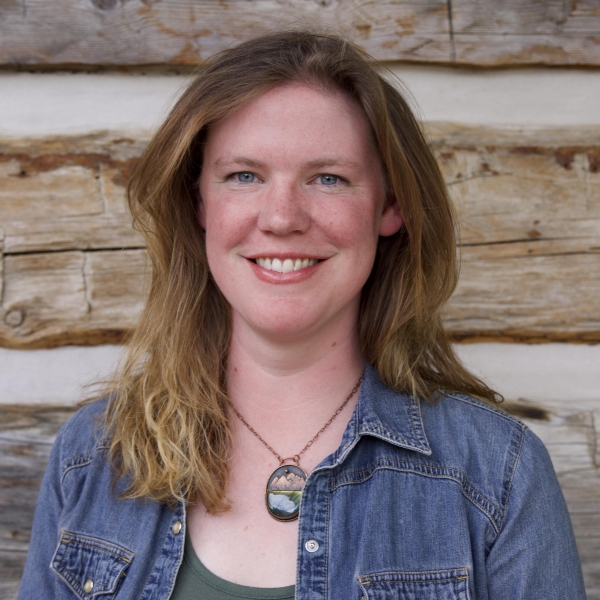
Nicole Harkness
Yellowstone Trivia!
Nicole is a Montana transplant from Vermont. She was drawn to the Big Sky Country in 2011 to study wolverine ecology and stayed because she fell in love with the wild landscape. She is a certified Montana Master Naturalist and enjoys spending her free time on public lands with her dogs.
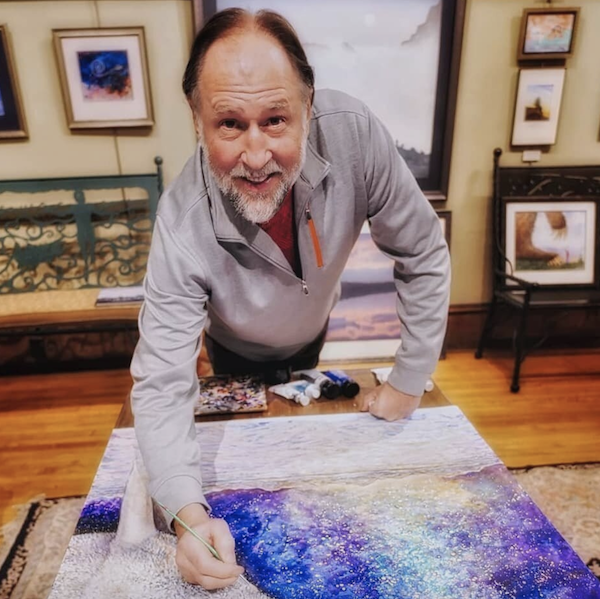
Parks Reece
Call of the Wild: An Artist in Greater Yellowstone
Born in Wilkesboro, North Carolina, Parks was taught art by his mother, nationally-noted painter Gwyn Finley Reece, and her mentor and friend, Ruth Faison Shaw – the inventor of modern finger painting and art therapy. In the early 60s Parks, along with Gwyn and Ruth, exhibited and sold paintings on the east coast.
Parks began his higher education studying art at East Carolina University. Seeking a more exotic locale, he headed to the Universidad National in Costa Rica to study Pan-American and Pre-Columbian art. Parks ended up at the San Francisco Art Institute, earning a BFA in printmaking, and he later earned a teaching certificate in art at Montana State University, Bozeman, MT. From Lodge Grass on the Crow Indian Reservation to Pine Creek Country School in the Paradise Valley to the Elved High School in Wales, Parks conducted art classes, mural painting, and joke cracking to hundreds of kids in a score of schools.
The Parks Reece Gallery opened in downtown Livingston in 2002, replacing his twenty-four-hour gallery at the Historic Murray Hotel where he was a partner and was the resident artist. Parks has been published in numerous publications, even being a columnist in two magazines commenting on environmental issues with his art. His first book, Call of the Wild – the Art of Parks Reece received enthusiastic reviews from the Chicago Tribune and the Los Angeles Times, among many others. He created Montana’s best-selling license plate for the Absaroka-Beartooth Wilderness Foundation. In 2016 Parks began traveling in China where he was featured in major art exhibits and where he taught and worked with dozens of their best young artists. In 2022 Parks was named Big Sky Journal’s Artist of the West.
But art is only one side of Parks. He also LOVES good food. He loves to cook food, talk about food, and hunt and gather his food from the mountains, rivers, and prairies, a skill he learned from his grandfathers at the age of 10. Parks solidly believes in food’s role in a healthy life showing off his skills with his and Scott McMillion’s Gourmet Wild Game Dinners auctioned to benefit local charities.
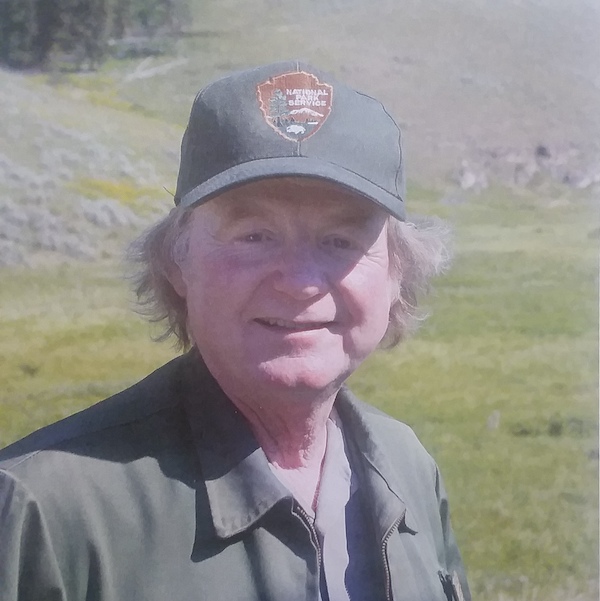
Rick McIntyre
Yellowstone Wolf Stories from the Field
Rick McIntyre is the award-winning author of the bestselling "Alpha Wolves of Yellowstone" book series, which includes The Rise of Wolf 8, The Reign of Wolf 21, The Redemption of Wolf 302, The Alpha Female Wolf, and Thinking Like a Wolf. The series has won awards, garnered praise from The Wall Street Journal and The Washington Post, and is currently being adapted into a major motion picture. McIntyre's books for children about the Yellowstone wolves include The Unlikely Hero and A Time of Legends, co-authored with David A. Poulsen.
Rick has worked with the National Park Service for more than forty years and has recorded more sightings of wild wolves than any other person. During one fifteen year period, he rose before dawn every day to observe the Yellowstone wolves. Now retired from the National Park Service, he has spoken about the Yellowstone Wolves with news outlets such as This American Life, 60 Minutes, and Snap Judgement, among many others.
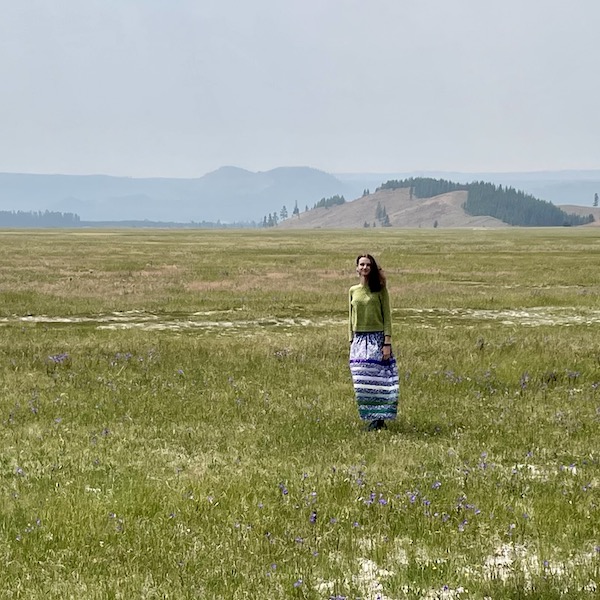
River Webb
Mac'íispa - Geochemistry and Traditional Stewardship
River Webb (Nez Perce/Meskwaki) graduated from Cornell University with her M.S. in Geochemistry in 2024. Her work focuses on the orogenesis of the Yellowstone Caldera and the plumbing systems which govern historic volcanism in her traditional homelands. River's research ties treaty rights and land sovereignty into modern interpretations and understandings of the geologic history of Yellowstone National Park. The ultimate goal of this research highlights that her ancestor's understandings of Mac'íispa, Yellowstone, are crucial and inseparable from true understandings of the landscape.
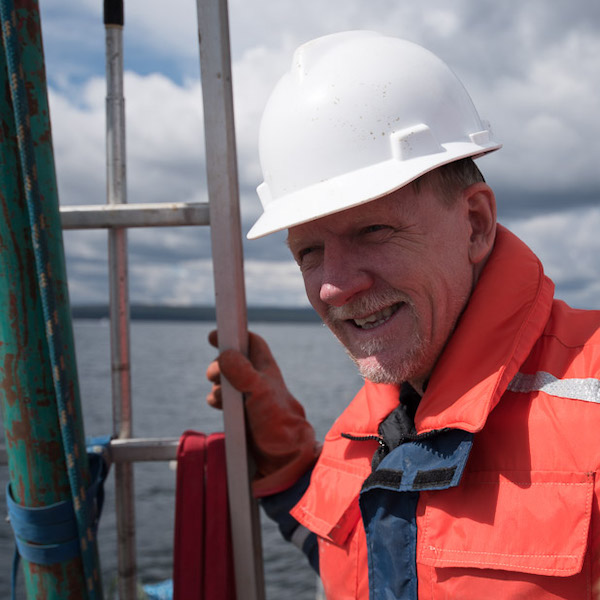
Rob Sohn
What Lies Beneath: Exploring Yellowstone Lake's Mysterious Vents
Rob is a geophysicist who has been studying hydrothermal systems (hot springs!) for over 30 years. He began working in Yellowstone in 2009 when he became curious about the configuration of the underground conduits feeding the Park's geysers, and like so many of you, quickly fell in love with YNP and the surrounding area. His presentation will focus on results and images from a multi-year, international research project he led that used state-of-the-art instruments and techniques to investigate the energetic, and occasionally explosive, thermal systems hidden from view on the floor of Yellowstone Lake.
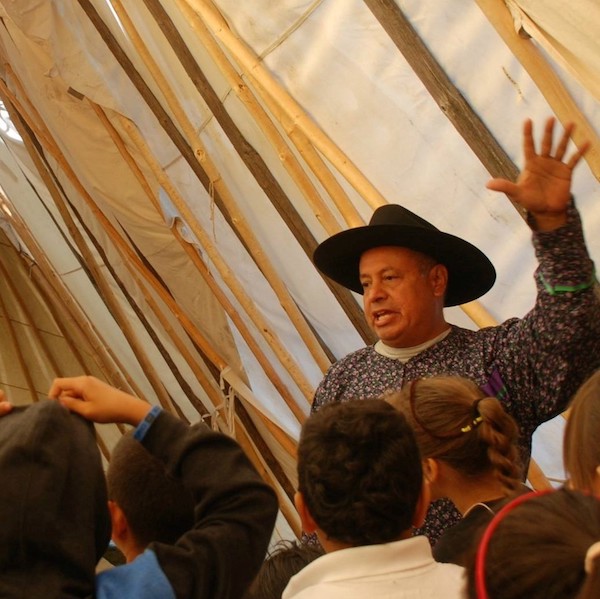
Roger Amerman
Indigenous Earth Science and the Nimiipuu (Nez Perce) Ethnogeology of Mac' ispa ("The Smelly Place"/Yellowstone National Park)
(VIP Pass)
Roger Amerman (Choctaw Nation of Oklahoma) is a resident and active community member on the Nez Perce Reservation of Idaho. Roger is a graduate of Universty of Oregon (B.S. Geology), Colorado School of Mines (M.S. Geology), and Washington State University (M.S. Plant Ecology). Mr. Amerman has collectively worked for the private sector (MOBIL Exploration) and U.S. Government (USFS, BIA, NRCS, and NPS) for over 35 years as a geologist, plant ecologist, soil conservationist, historical interpreter and Tribal Liaison across the western United States.
Mr. Amerman recently served as a 2024 visiting professor of Geology and Ethnogeology at Whitman College (Walla Walla, WA), and in Fall 2025 Amerman will be a featured exhibitor and speaker at Portland OMSI and the Environmental Studies Program of Reed College (Portland, OR). During the recent Geological Society of America Conference in May 2024 (Spokane, WA), Mr. Amerman a was featured exhibitor at the poster session where he co-authored two Indigenous Earth-Science mural diagrams including a poster about the Nimiipuu (Nez Perce) Ethnogeology of Yellowstone National Park. Mr. Amerman talks to the spectrum of ways Native Peoples incorporate soils, geography, lithic materials, landforms, and geologic phenomena in their lifeways, languages, and oral testimony.

Ruth Quinn
Having a Swell Time: A Celebration of Yellowstone in Postcards
Ruth Quinn is an amateur historian. Summers find her conducting tours of Old Faithful Inn, a Yellowstone icon that sparked her interest in the history of travel and tourism in the park. She authored Weaver of Dreams: The Life and Architecture of Robert C. Reamer, and co-authored Horses, Hotels, and Hospitality: Harry W. Child's Epic Vision for Yellowstone Park.

Sam Archibald
A Time to Bloom: A Phenology of Yellowstone Wildflowers
Sam Archibald is a naturalist, guide, and Lead Field Educator for Yellowstone Forever. Along the trail toward environmental education, Sam developed outdoor leadership programs as a Peace Corps volunteer, led YCC work crews as a park ranger, and earned his master’s degree in environmental management (Western Colorado University). Sam is grateful for every day he gets to spend out in the Greater Yellowstone Ecosystem and looks forward to the continual discoveries offered by this wild and wonderful landscape.
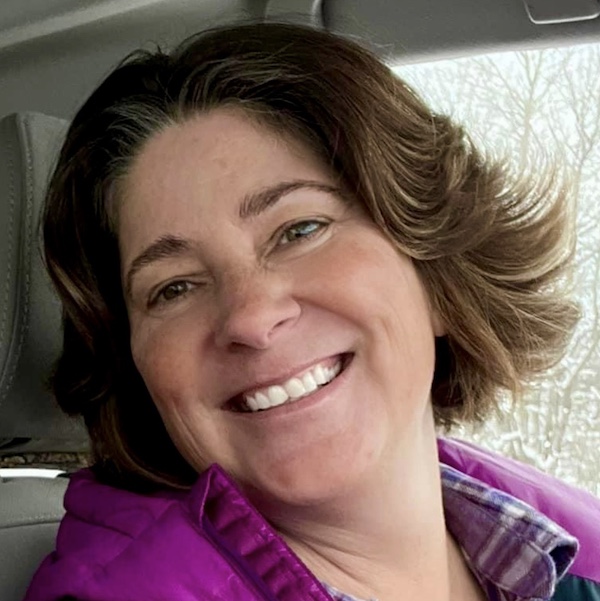
Shauna Baron
Insider Advice for Planning Your Yellowstone Trip
Shauna Baron, M.S., is the owner of Yellowstone Trip Planning, an online venue for visitors wanting to make the most of their time vacationing in Yellowstone. As a Naturalist Guide living and working at Yellowstone’s north entrance in Gardiner, Montana, she has been sharing her love for Yellowstone with visitors for over 30 years.
Her Yellowstone journey began in 1996, when she worked as a biology student and intern for the Yellowstone Wolf Project, right when wolves first hit the ground. Since then, she has become a published author and editor for the Yellowstone Wolf Family Tree.
When she is not in the field guiding or helping others plan their trips, Shauna can be found painting on a hillside, with a spotting scope to her eye or a book on her lap.
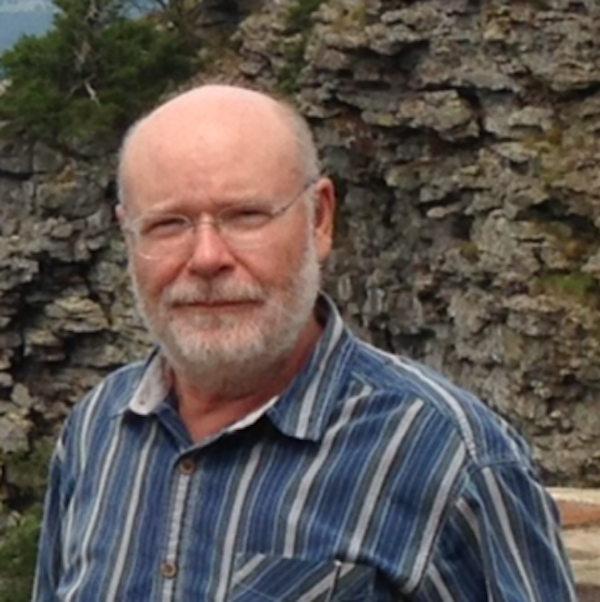
Steve Fritts
Yellowstone Wolf Recovery: A 30 Year Retrospective
Steven Fritts is a wildlife biologist who retired in 2011 after a 32-year career with the U.S. Fish and Wildlife Service. Dr. Fritts received his Ph.D. in Ecology and Behavioral Biology at the University of Minnesota where he was Dave Mech’s first graduate student. His research was on a rapidly increasing population of wolves in northwestern Minnesota. Earlier he had received Bachelors and Masters Degrees in Zoology at the University of Arkansas where his research was on bobcats.
Fritts began his career with the USFWS in 1979 managing the wolf depredation program in Minnesota and assessing wolf density in parts of Minnesota yet unstudied. Later he worked in the Endangered Species Research Branch at the Patuxent Wildlife Research Center where his responsibility was overseeing research projects on wolves and other species.
In 1989 Fritts was selected as the Fish and Wildlife Service’s first Northern Rocky Mountain Wolf Recovery Coordinator to work toward restoration of wolves in Montana, Idaho and Yellowstone National Park. Thus began an era of studies, public education, political maneuvering, and finally an EIS on restoration to Yellowstone and central Idaho. As a reintroduction began to appear likely, he was retitled Chief Scientist for grey wolf recovery in northern Rockies. At that point the main responsibility became developing the overall design or protocol for reintroduction of wolves to Yellowstone and Idaho. Once final approval was given, and working with many others, Fritts led the capture and shipment efforts in Alberta and British Columbia that culminated in 31 wolves being brought to the park and the establishment of the population in the Greater Yellowstone area.
Currently Fritts lives with his wife Diana on their family’s cattle ranch in the Arkansas Ozarks.
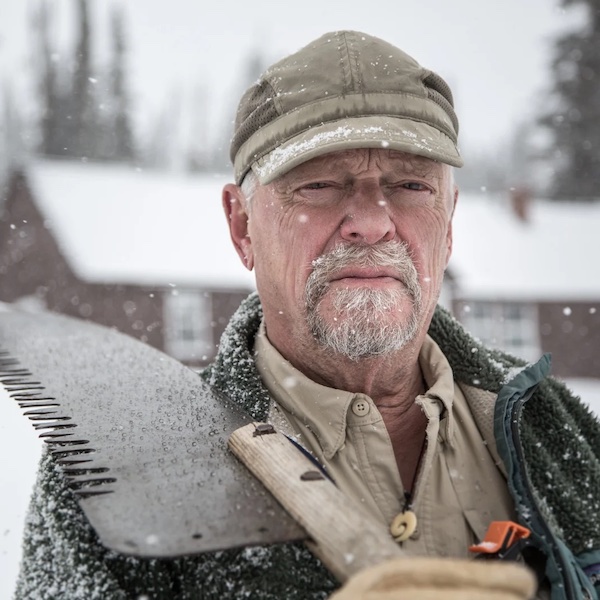
Steve Fuller
Winterkeeper Stories
Steve Fuller arrived in America's first national in 1973. He is the “winterkeeper” at Canyon Village.
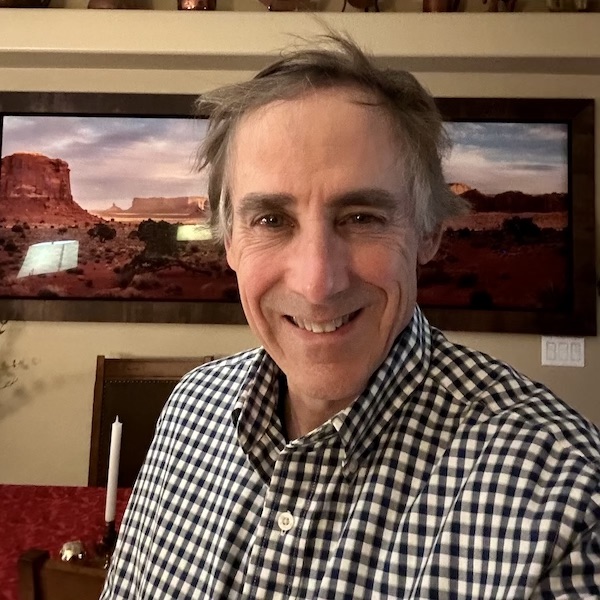
Todd Wilkinson
Winterkeeper Stories
Todd Wilkinson lives in Bozeman, Montana, and is considered a journalistic authority on the Greater Yellowstone Ecosystem. He has been writing about Yellowstone for more than three and a half decades and has won awards for his reporting. He is author of the recent critically-acclaimed book, "Ripple Effects: How to Save Yellowstone and America's Most Iconic Wildlife Ecosystem."
Wilkinson worked for two summers during his college years as a cook at Canyon Village in the center of Yellowstone and then got a job as a violent crime reporter for the legendary City News Bureau of Chicago. Today he is a correspondent for National Geographic and The Guardian and has contributed stories over the years to dozens of national newspapers and magazines.
Todd founded the non-profit conservation journalism site Mountain Journal, which during his tenure amassed almost 260,000 followers on Facebook. Leaving MoJo in summer 2023, he is the founder of a new project called Yellowstonian devoted to celebrating the Greater Yellowstone region and the importance of wildness in the West. He is author of several well-received books, among them "Science Under Siege: The Politicians' War on Nature and Truth," "Last Stand: Ted Turner's Quest to Save a Troubled Planet," and two books about famous Jackson Hole grizzly mother 399 that feature the amazing photography of Thomas D. Mangelsen.
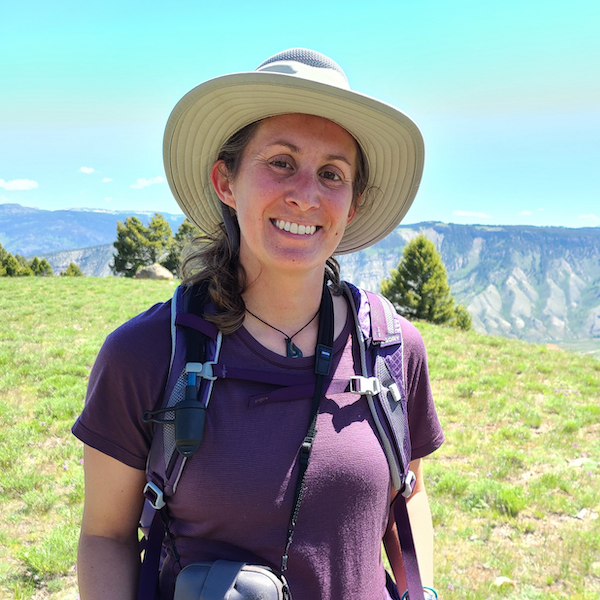
Virginia Shoup
Yellowstone Trivia!
Virginia came to Yellowstone from a long history in outdoor education and the Girl Scouts. She first worked in the park in 2012 and stayed for 13 years after falling in love with the animals, the thermals, and even the lodgepole pines. Virginia is a Certified Interpretive Guide, a Leave No Trace Trainer, and a Wilderness First Responder. She uses her degree in theater to make science and the outdoors come alive for students of all ages!
